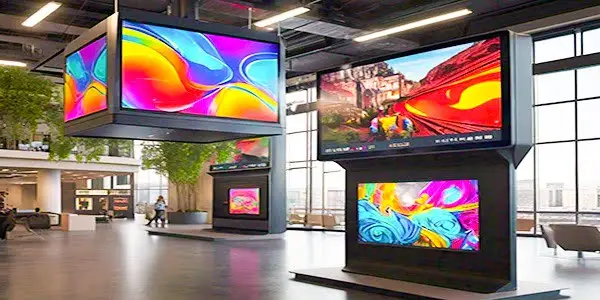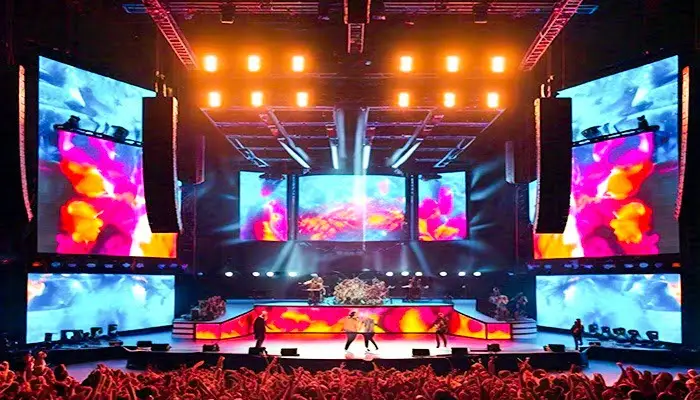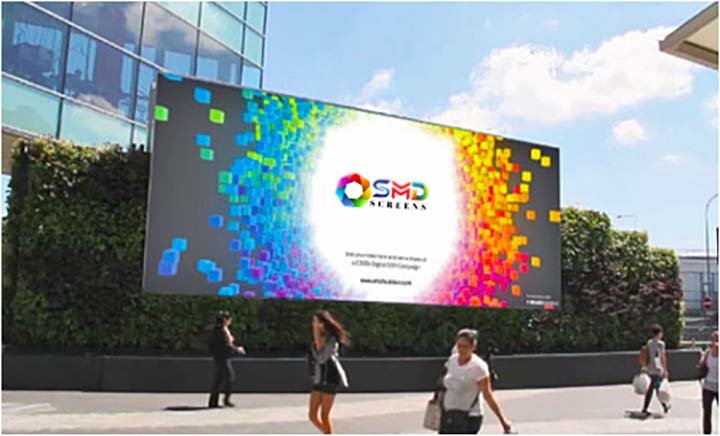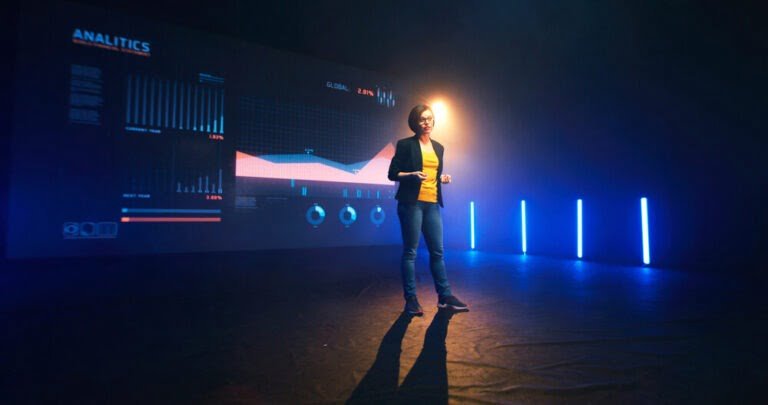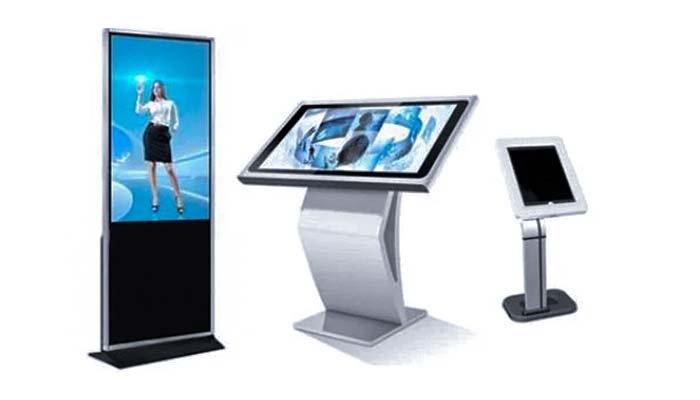The Digital Poster: Revolutionizing Visual Communication
Introduction
In a world where technology continually reshapes how we interact with information, traditional methods of communication have undergone a profound transformation. Enter the digital poster, a dynamic and versatile medium that has redefined the way we convey messages, captivate audiences, and engage with visual content. This article delves deep into the world of digital posters, exploring their evolution, creative potential, and their role in shaping the future of visual communication.
The Digital Poster Emergence
The history of posters dates back centuries, serving as a potent medium for advertising, political campaigns, and art. However, the advent of digital technology has revolutionized the way we design and interact with posters. The digital poster, a virtual canvas limited only by imagination, has emerged as the contemporary successor to traditional printed posters.
A digital poster combines text, images, videos, animations, and interactive elements to create a visually compelling message. Unlike its static predecessor, digital posters are not confined by physical constraints, offering a dynamic platform for innovative design and communication.
The Versatility of Digital Posters
Interactive Engagement: The hallmark of digital posters is their ability to engage viewers on a profound level. Viewers can interact with the content, zoom in on details, watch videos, click on links, and even participate in polls or surveys embedded within the poster. This level of engagement transforms passive viewing into immersive experiences.
Real-time Updates: Traditional posters become obsolete as soon as the message becomes outdated. Digital posters, on the other hand, can be updated in real-time, making them indispensable for conveying timely information. Businesses can instantly showcase the latest products, event organizers can provide live updates, and museums can highlight new exhibitions with ease.
Multimedia Richness: Digital posters offer a diverse palette for creative expression. Incorporating multimedia elements such as videos, animations, and audio enhances the impact of the message. Storytelling becomes richer, product demonstrations more immersive, and educational content more engaging.
Applications of Digital Posters
The versatility of digital posters has led to their adoption in various fields and industries:
Marketing and Advertising: Businesses leverage digital posters for captivating advertisements and promotions that can be updated in real time to reflect the latest offerings.
Education: Educational institutions use digital posters to engage students and present complex information in visually appealing ways, breaking free from the confines of traditional textbooks.
Museums and Galleries: Digital posters enrich the visitor experience by providing interactive exhibits, detailed information about artworks, and even virtual art collections that can be explored.
Events and Conferences: Organizers rely on digital posters to display schedules, speaker bios, and other event-related information, ensuring attendees always have the latest updates.
Healthcare: In healthcare settings, digital posters offer real-time information, wayfinding assistance, and health awareness campaigns, contributing to better patient experiences.
Public Spaces: Digital posters in public areas provide news updates, weather forecasts, and emergency notifications, delivering valuable information to the community.
Designing the Perfect Digital Poster
Creating an attractive and effective digital poster requires thoughtful design:
Visual Hierarchy: Arrange elements to guide the viewer’s eye, highlighting essential information.
Color Psychology: Select a color scheme that aligns with your message and brand, ensuring readability and visual appeal.
Typography Mastery: Choose readable fonts and maintain consistency in style and size throughout the poster.
Multimedia Integration: Incorporate multimedia elements judiciously to enhance understanding and engagement.
Interactive Elements: Use interactive features to make your poster more memorable and engaging.
Mobile Responsiveness: Ensure your digital poster is accessible and visually appealing across various devices, including smartphones and tablets.
The Future of Digital Posters
As technology continues to advance, the future of digital posters is promising. Augmented reality (AR), virtual reality (VR), and artificial intelligence (AI) are poised to take digital posters to new heights, offering even more interactive and personalized experiences. Imagine a world where viewers can interact with a digital poster in 3D, tailored to their interests and preferences.
Conclusion
The digital poster is a dynamic and innovative medium that has transformed visual communication. Its unique ability to engage, inform, and captivate audiences has made it an indispensable tool for businesses, educators, and organizations worldwide. In an ever-evolving digital landscape, the digital poster stands as a beacon of creativity and innovation, pushing the boundaries of what is possible in the realm of visual communication. Embrace this digital revolution, and unlock new dimensions of creativity in your messaging and storytelling.
Related: Digital Signage: The Future of Marketing and Communication


